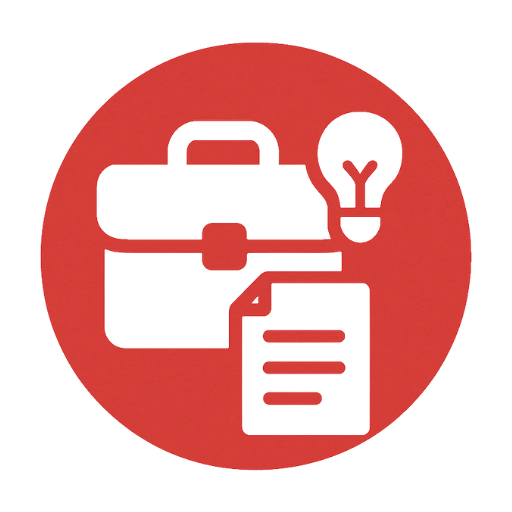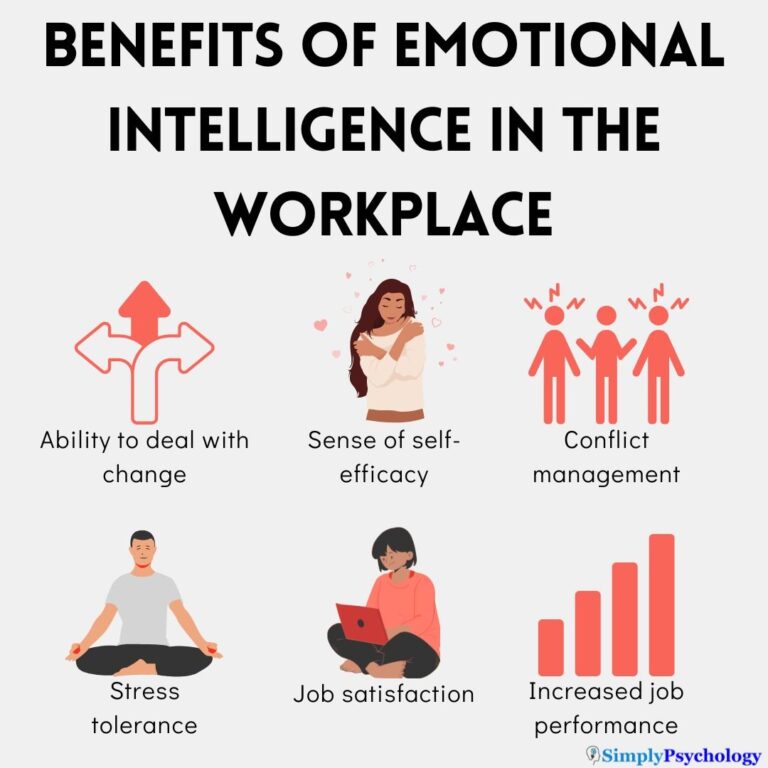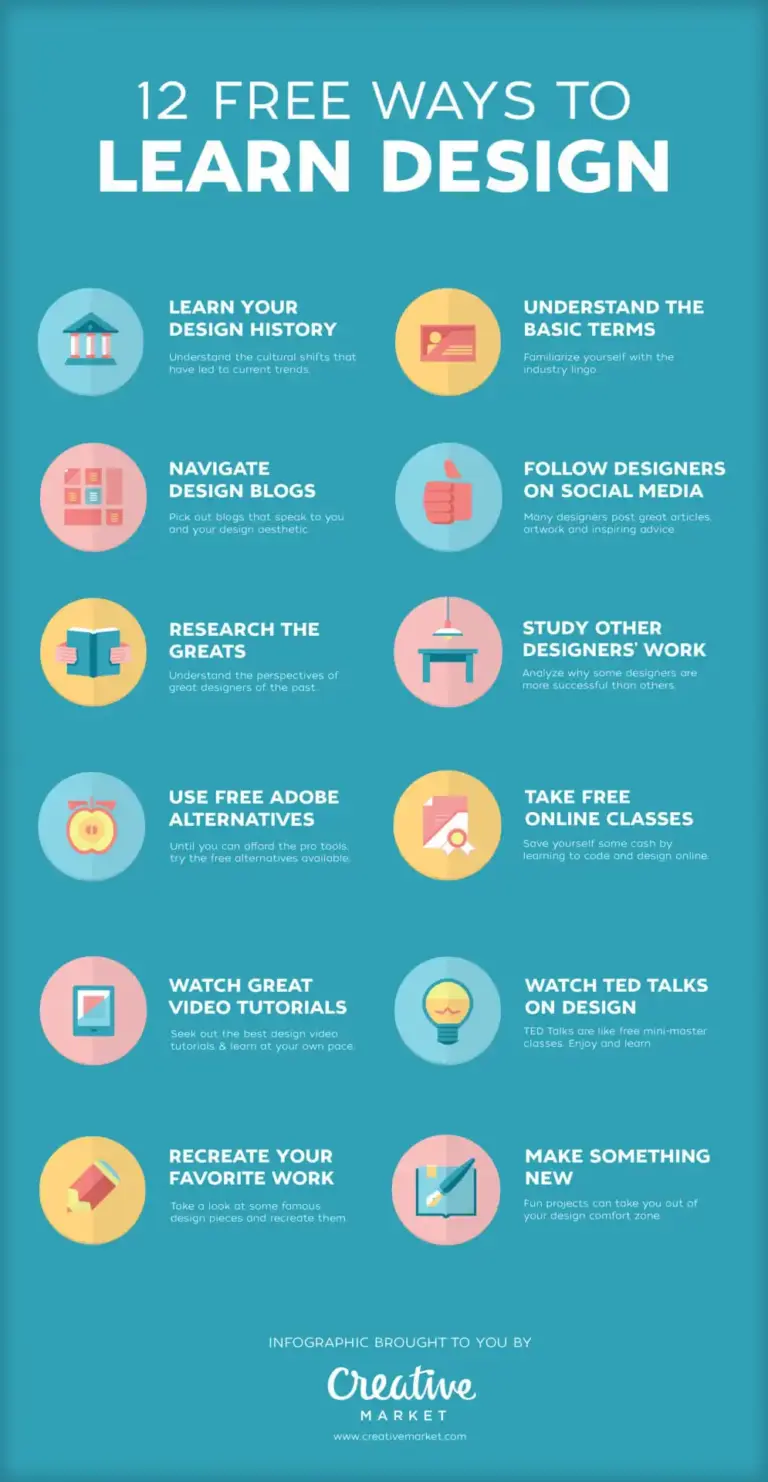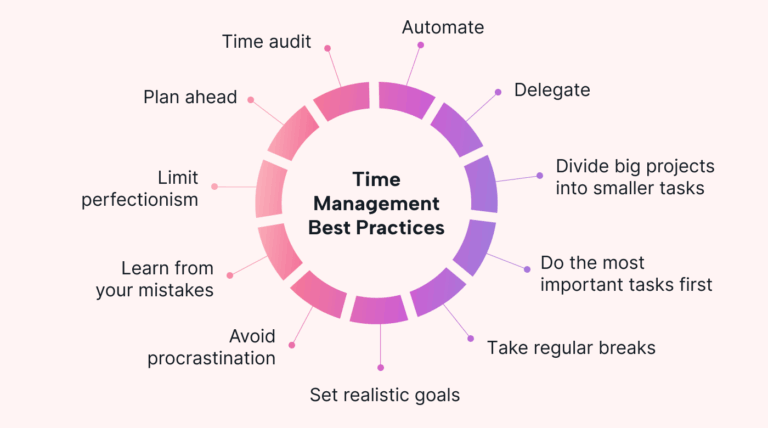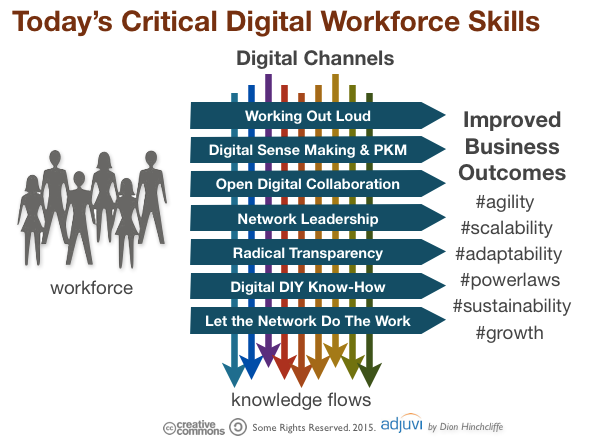How Microlearning Helps Build Skills In Short Daily Sessions
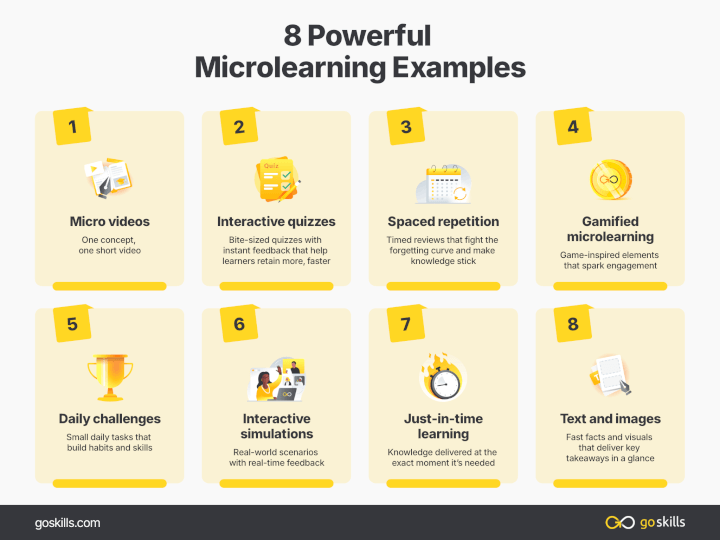
A recent study found that the average human attention span has dropped to just 8 seconds, even shorter than that of a goldfish. This statistic highlights the importance of engaging learning techniques like microlearning, which breaks down information into manageable, bite-sized chunks. By focusing on short, daily sessions, individuals can absorb and retain new skills more effectively than through traditional, lengthy training programs.
Microlearning has roots in educational theories dating back to the 1960s but has gained massive popularity with the rise of digital technologies. According to a report, microlearning enhances information retention by up to 17%. Its succinct approach allows learners to integrate new skills seamlessly into their daily routines, making skill-building both efficient and less overwhelming.
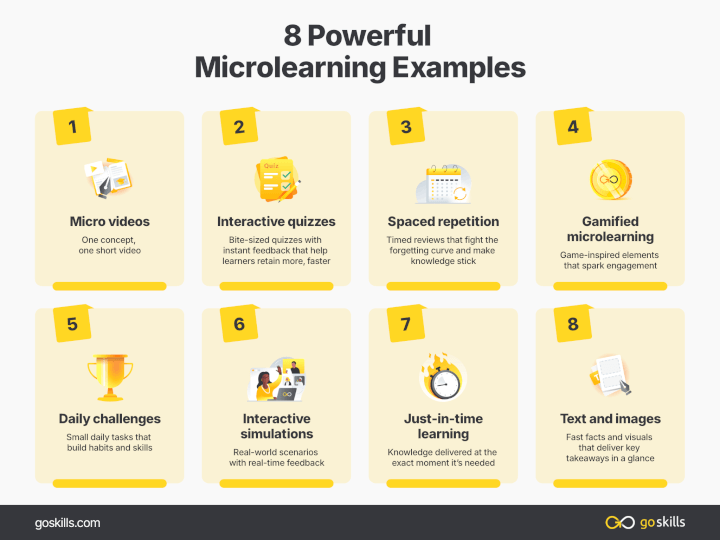
How Microlearning Helps Build Skills in Short Daily Sessions
Microlearning focuses on delivering small bits of information over short periods. This technique is especially effective in modern education and training, where attention spans are shorter. By incorporating microlearning, learners can engage with content without feeling overwhelmed. According to here is the article, this method increases retention rates significantly.
One key advantage of microlearning is its flexibility. Learners can complete sessions anytime and anywhere, making it perfect for busy schedules. Short daily lessons keep learners engaged, reducing the risk of burnout. For example, a five-minute video lesson can be more efficient than a long, drawn-out lecture.
Microlearning also caters to different learning styles. Visual learners benefit from videos and infographics, while auditory learners can absorb information through podcasts. Interactive quizzes and games help kinesthetic learners. This range of formats ensures that everyone can benefit from microlearning. According to this post, adapting to different learning styles is crucial for effective skill development.
Implementing microlearning techniques is straightforward. Organizations can use mobile apps, e-learning platforms, and social media to deliver content. Consistent, short sessions help learners build and retain new skills over time. By breaking information into digestible pieces, microlearning makes education accessible and effective for everyone.
Breaking Down Microlearning: Definition and Basic Principles
Microlearning is a teaching method that delivers content in short, focused bursts. This approach makes it easier for learners to absorb and remember information. Instead of lengthy sessions, content is broken down into small, manageable segments. These sessions typically last between 2 to 7 minutes. This method aligns well with our shorter attention spans.
The basic principles of microlearning include brevity, focus, and accessibility. Brevity ensures that content is concise and to the point. Focus means each lesson covers a single, specific topic, preventing information overload. Accessibility allows learners to access content from any device, at any time. This makes microlearning suitable for both classrooms and online learning environments.
Microlearning also emphasizes interactive and engaging content. This can include videos, quizzes, and infographics. These diverse formats cater to different learning styles, making the learning process more effective. According to some sources, microlearning can improve retention by up to 17%. This is because interactive content keeps learners engaged and motivated.
Implementing microlearning in education or corporate training involves various tools and strategies. Using mobile apps and e-learning platforms makes it easy to deliver bite-sized lessons. Regular feedback through quizzes helps assess understanding. This continuous, incremental learning builds skills efficiently over time. It’s a practical approach that aligns well with today’s fast-paced world.
The Role of Microlearning in Modern Education and Training
Microlearning has significantly impacted modern education and training by making learning more accessible. With its bite-sized lessons, it accommodates our busy lifestyles. Students and professionals can fit learning sessions into their day without disrupting their schedules. This flexibility makes it a valuable tool in today’s fast-paced world. It also helps learners stay engaged and motivated.
In classrooms, microlearning can complement traditional teaching methods. Teachers can use short videos, quizzes, and interactive content to reinforce lessons. This approach caters to diverse learning styles. For example, visual learners benefit from diagrams and videos, while kinesthetic learners enjoy interactive activities. This variety in teaching methods can enhance overall understanding and retention.
Corporate training programs also benefit from microlearning. Companies can deliver training modules in short, focused sessions. This method keeps employees engaged and reduces information overload. Moreover, it allows for continuous learning and skill development. Organizations find it easier to update training materials and deliver them swiftly to their workforce.
Microlearning aligns well with the digital age. E-learning platforms and mobile apps facilitate easy access to bite-sized content. These tools make it convenient for learners to engage with materials at their own pace. As a result, microlearning supports lifelong learning. It fosters an environment where knowledge is continually updated and skills are consistently refined.
Benefits of Microlearning in Skill Development
Microlearning offers numerous advantages in skill development. One significant benefit is increased retention. By delivering information in short, focused sessions, learners can better remember what they’ve learned. This contrasts sharply with traditional methods, where information overload can lead to forgetfulness. Studies show that retention rates are higher with microlearning.
Another advantage is flexibility. Learners can access microlearning modules anytime and anywhere. This makes it possible to learn new skills on the go. Whether waiting in line or during a lunch break, microlearning fits into daily routines seamlessly. This convenience encourages consistent learning.
Microlearning also caters to different learning styles. Visual learners benefit from videos and infographics, while auditory learners can engage with podcasts and audio lessons. Interactive content, such as quizzes and simulations, appeals to kinesthetic learners. This variety ensures that everyone can find a way to learn that suits them best.
The effectiveness of microlearning lies in its ability to provide immediate feedback. Quizzes and interactive elements help learners gauge their understanding in real-time. This instant feedback allows for quick corrections and adjustments. It ensures that learners stay on the right track.
Microlearning is also cost-effective. Creating short, focused content requires less time and resources compared to traditional training methods. Organizations benefit by saving on training costs while achieving better outcomes. Additionally, updating and distributing content becomes simpler and faster.
Incorporating microlearning into a skill development program enhances engagement. Short, engaging sessions keep learners interested and motivated. This approach reduces the risk of burnout and boredom. By maintaining high engagement levels, microlearning fosters continual skill development.
Practical Examples of Microlearning Applied to Skill Building
In corporate training, microlearning modules are often used for onboarding new employees. These short sessions introduce company policies and essential job skills. Employees can complete these modules at their own pace. This makes the onboarding process less overwhelming. It also ensures that new hires retain the critical information they need.
Language learning apps are another practical example of microlearning. Apps like Duolingo and Babbel use short, daily lessons to teach new languages. Each session focuses on a specific aspect of the language, such as vocabulary or grammar. This keeps learners engaged and motivated. The bite-sized lessons make it easy to fit language learning into a busy schedule.
Microlearning is also popular in the healthcare industry. Short training videos and quizzes help medical professionals stay updated on the latest practices. This method ensures continuous learning without taking up too much time. For example, nurses can quickly learn about new procedures during their shifts. This approach helps maintain high standards of patient care.
In schools, teachers use microlearning to supplement traditional lessons. They might assign short videos or interactive activities for homework. This keeps students engaged and reinforces what they learned in class. For example, a five-minute video on the water cycle can help students understand complex concepts. This combination of traditional and microlearning methods enhances overall comprehension.
Microlearning is also effective in technical skill development. Online platforms like Codecademy offer coding lessons in small, manageable chunks. Each lesson builds on the previous one, helping learners develop their skills progressively. These short lessons are practical and less intimidating for beginners. They provide immediate feedback, allowing learners to quickly correct mistakes.
Another example is customer service training. Companies use microlearning modules to teach employees how to handle different customer interactions. Interactive scenarios and quizzes help reinforce these skills. Employees can complete these modules quickly, making it easy to fit training into their workday. This ensures that they are well-prepared to provide excellent customer service.
Guidelines for Implementing Microlearning Techniques Effectively
Start by clearly defining the learning objectives. Each microlearning session should focus on a single, specific topic. This keeps the content concise and targeted. Avoid cramming too much information into one session. Clear objectives help learners understand the purpose of each lesson.
Use a variety of formats to cater to different learning styles. Incorporate videos, infographics, quizzes, and interactive activities. This keeps learners engaged and makes the content more accessible. Mix up the content to maintain interest. For example, follow a video lesson with a quick quiz to reinforce learning.
Keep the content short and focused. Each session should last between 2 to 7 minutes. This duration is ideal for retaining attention and information. Long sessions can overwhelm learners and reduce effectiveness. Short, manageable chunks are easier for learners to digest and remember.
Make the content mobile-friendly. Many learners prefer accessing materials on their smartphones or tablets. Ensure that the microlearning modules are optimized for mobile devices. This allows learners to engage with content on the go. Accessibility across devices is key to successful implementation.
Provide immediate feedback to learners. Quizzes and interactive elements should offer instant results. This helps learners understand what they did right and where they need improvement. Quick feedback promotes better learning outcomes. It also keeps learners motivated and engaged.
Track progress and gather feedback from learners. Use analytics to monitor completion rates and performance. Solicit feedback to understand what works and what needs improvement. This data can help refine and improve the microlearning program. Continuous evaluation ensures that the content remains relevant and effective.
Key Takeaways
- Microlearning delivers small, focused sessions that boost retention.
- Short, daily lessons fit into busy schedules effortlessly.
- Diverse formats like videos and quizzes make learning engaging.
- Consistent microlearning enhances skill development effectively.
- Catering to different learning styles makes it inclusive for all.
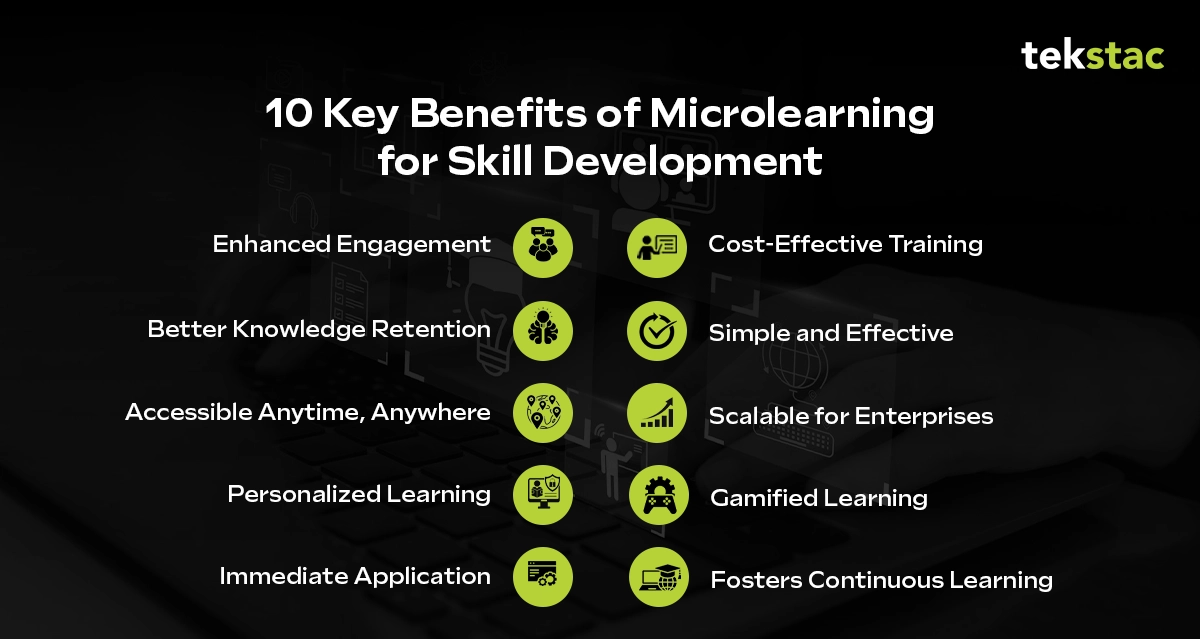
Conclusion
Microlearning proves to be a powerful tool for modern education and skill development. Its bite-sized, engaging sessions make it easy to integrate learning into daily routines. By catering to various learning styles, it ensures that everyone can benefit.
Moreover, the flexibility and effectiveness of microlearning make it ideal for both educational institutions and corporate training programs. As we continue to adapt to fast-paced lifestyles, microlearning offers an efficient and inclusive way to build and enhance skills.
